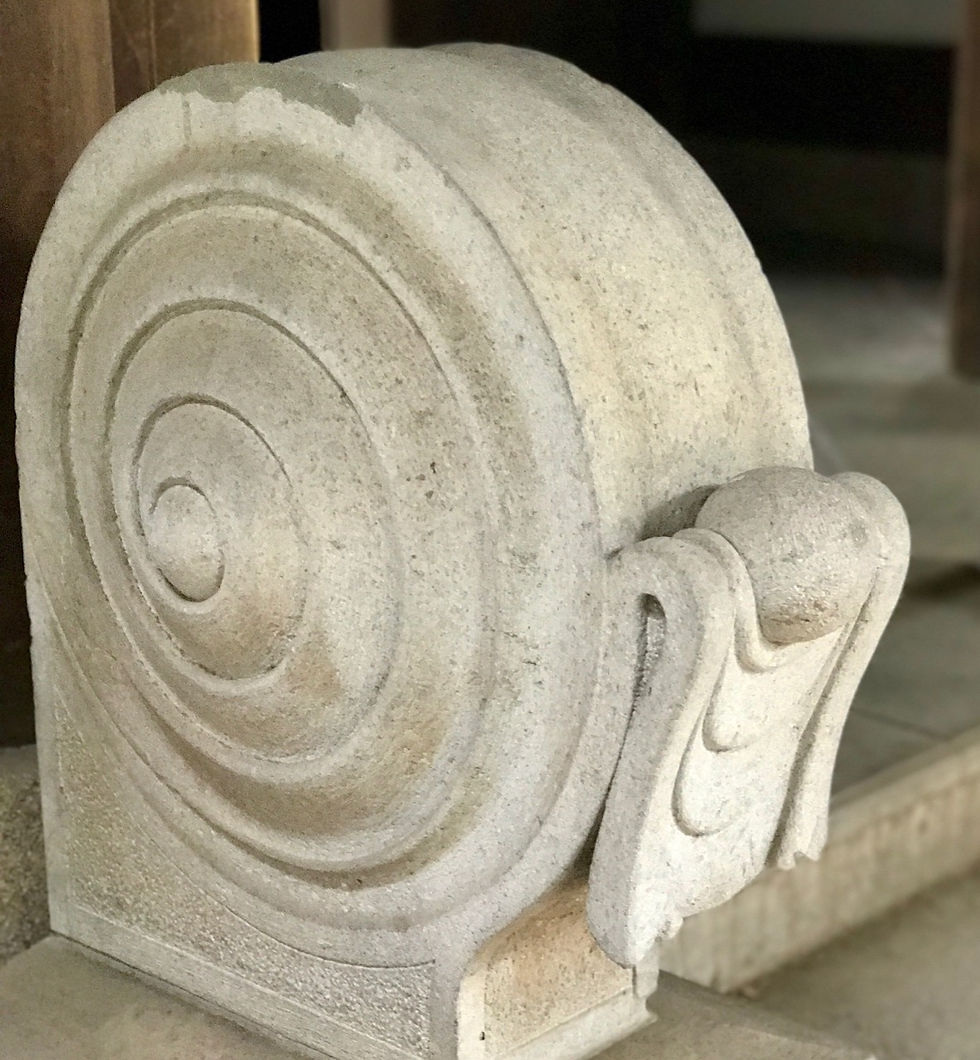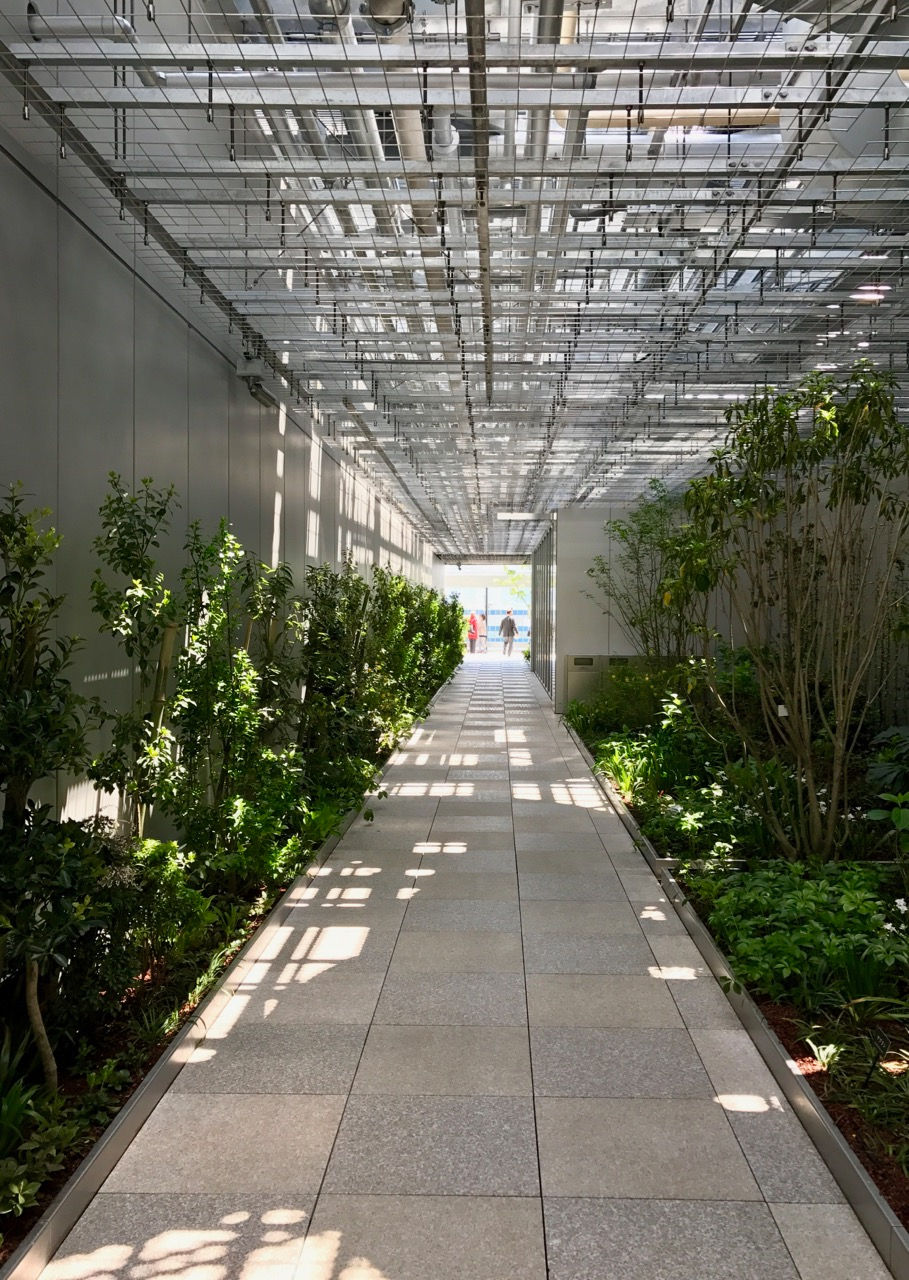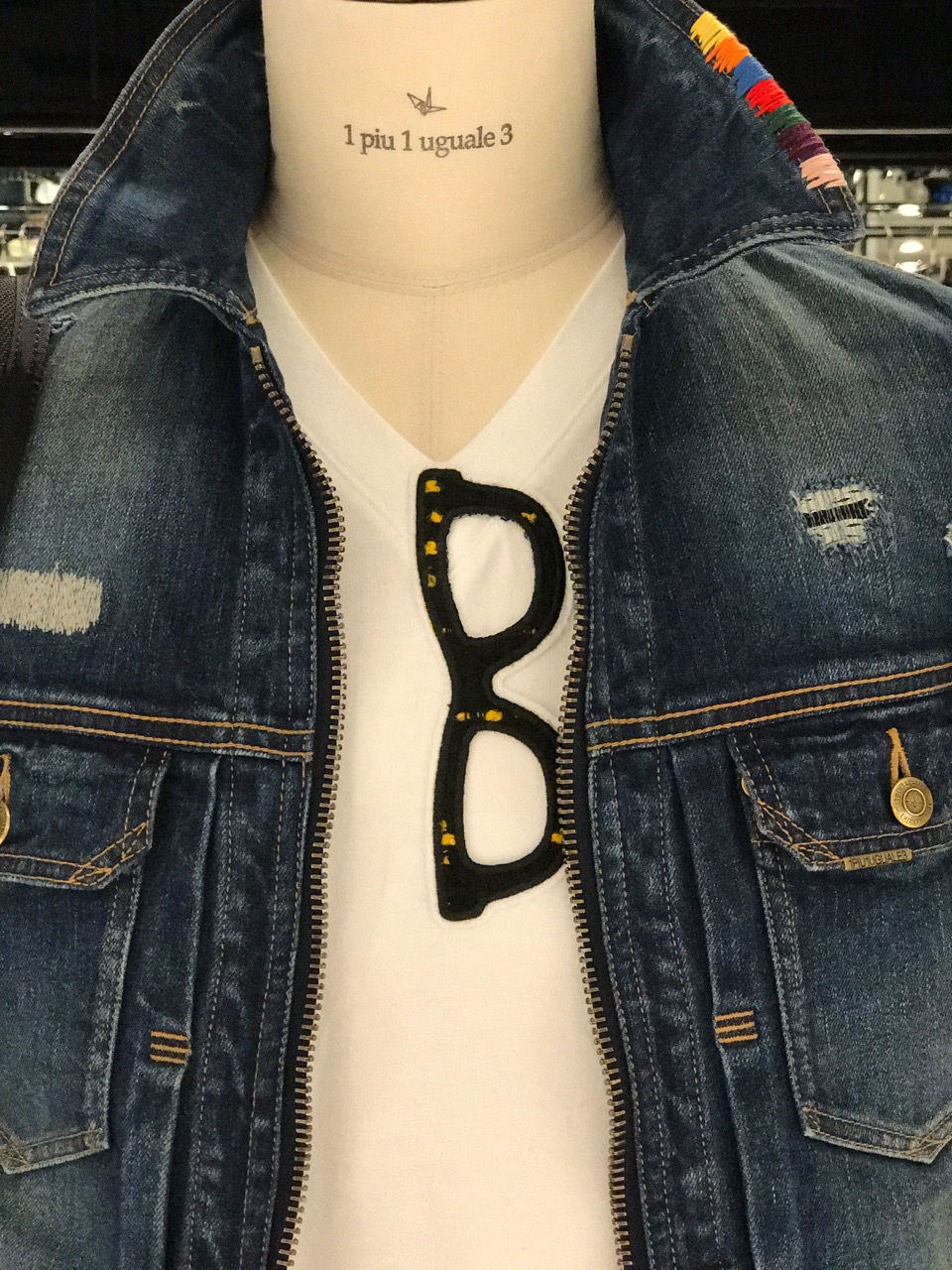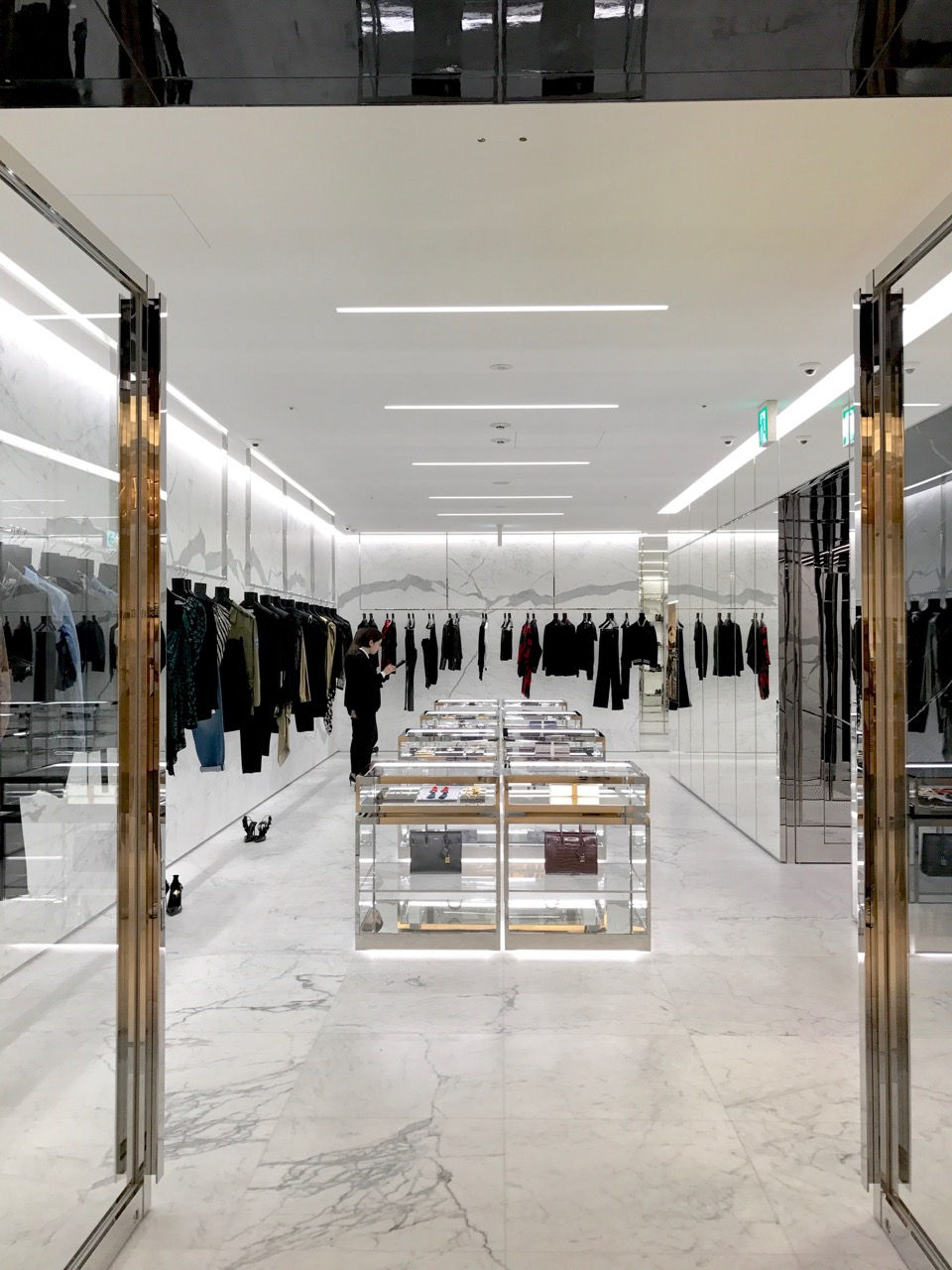19. Gyoen and Ginza
- Shelley Dark

- Apr 26, 2017
- 7 min read

Each morning for breakfast we've had a table at the window looking at the fabulous view over Tokyo. Today we had this dinky little alcove instead.

We thought we'd be at Shinjuku Gyoen Park at opening time this morning before the crowds descended. It's one of Tokyo's best, and it's quite near the Park Hyatt.

photo courtesy Wikmedia commons
This good-looking chap (I can say that with the safety of a few centuries between us) is shogun Tokugawa Ieyasu. He gave a huge tract of land, including this area, to one of his loyal lords in 1590. It was lucky he did, because had he not, it may never have become this wonderful botanical garden.
By 1872 it was being used as experimental land for primary production, and in 1879 became the Shinjuku Imperial Botanical Garden under the control of the Emperor.

photo courtesy Wikmedia commons
Between 1902 and 1906, it was landscaped to the design of the French landscaper Henri Martine, who was working at Versailles. Although its name changed to Shinjuku Gyoen National Garden, it continued to supply street trees for Tokyo, including cuttings and seeds of sycamores and tulip trees (liriodendrons).

I was glad Ange had the opportunity to see these cherry trees at their peak - there are 1500 of them - ornamental white and pink-flowering. They're later-flowering cultivars than the ones John and I saw at the beginning of the trip - this park is a good option for sakura viewing from mid to late April. Did I tell you there's even a word for cherry blossom viewing? It's called hanami.

The cerise, pink, purple and orange azalea bushes are trimmed to pudding shapes, and at this time of the year are quite dazzling. Or if you're like me, it's a bit of a shocking visual explosion in the landscape.

During an air raid in 1945, the whole garden was destroyed and the buildings burned down. Unfortunately Martine's original drawings were destroyed too.

Except for the magnificent Taiwan pavilion (kyūgoryōtei) which survived the disaster. It was designed by the architect, Matsunosuke Moriyama. In 1927 Taiwan, under Japanese rule, donated it to Emperor Showa (Hirohito) on the occasion of his marriage.

Doesn't it provide just the perfect frame to view the garden? It's built in Minnan style which originated in the Fujian province of southern China. Reinforcing and repairs have improved its earthquake stability. I was absolutely (I keep thinking absorootry) blown away by the floor tiles, and the woodwork at the roofline. Aren't they just breath-taking?

There's one of these stone ornaments at either side of the entry door. I'm assuming that it represents a ball balancing on water, perhaps as a reference to zen life balance, but I'm only guessing. Would love to know.

There are English and French areas, but we were mostly interested in the Japanese stroll garden. These little cuties were flowering in a wooded area.

While we were wandering along a path in a little meadow of wild flowers, Ange said 'look there's a tiny little bird!' It turned out to be the red-bodied swallowtail butterfly or pachliopta hector for the lepidopterists among you. Oh ok, you're right, I've never heard of a pachliopta or lepidopterist until tonight. -:)

Recognise the telecommunications building we see at breakfast?

There is one area called the Mother and Child forest - I wonder why?

I think these are huge catfish, expecting to be fed.

The fresh lime-ness of the maples looks wonderful with a dark green shady background.



A school excursion was happening which explains all the school bags - I think the grass hasn't recovered from the constant hanami picnic-rugging and trampling feet, because we've been told there has been plenty of rain to green things up.

The scale of some of those cherry trees is rather amazing.

There have been some wonderful school uniforms - don't you love the little upturned hats?

The Japanese maple foliage is made even more stunning by the dark trunks and branches.

White dogwoods out everywhere. They're used extensively as a street tree here.




The wisteria is nearly fully out.

Don't let the next picture show while you are looking at this one - it's too noisy! If pictures like this were the work of Martine, he had a very good understanding of the Japanese aesthetic, didn't he? I love the long low proportions of the bridge, and the echoing horizontal foliage. Just the weeping willow as a vertical counterpoint.
It was time to move on. We had other fish to fry. On to the metro again! Can you believe the intricacy of the rail system in Tokyo?

The round pink line is the Yamanote line and is probably the most important line because it joins the biggest city hubs. The round trip takes about an hour. There are amazing interconnections between all the other lines, with myriads of exits for each station, and so many levels I lost count. But there's always rail staff handy to answer questions or sort out problems. We've just about mastered it now we're about to leave.

logo by Kenya Hara - his name keeps popping up!
Ever since I started planning this trip to Japan, the name Ginza 6 kept coming up on Japanese websites. A big bright new development in Ginza, arguably the buzziest shopping suburb. It was originally supposed to be finished in November 2016, but that was extended to April 20 - last Thursday. So I wasn't even sure it would be finished. And just more big international brand shops which we could see anywhere in the world. I noted it, but left it out of the itinerary.

But not for long - this is a concept drawing. During the week, Ange had seen some posts on Instagram about it and its concept 'Life at its Best'. This central atrium of the building is intended for use as an exhibition space for contemporary art, overseen by Mori Art Museum’s Fumio Nanjo. Its opening installation is by Yayoi Kusama of red dot fame.

The complex covers two city blocks, and some of the flagship stores have designed their own facades. This was Fendi's. It must be amazing at night. The footpath was a moving sea of people - all here to see Ginza 6!


The red-spotted pumpkins of Yayoi Kusama. It's certainly her year. At the moment she has 'My Eternal Soul' exhibition happening at the National Art Centre, plus this installation at Ginza 6, perhaps the most exciting shopping complex in the world. An 88-year-old who became famous in the 50's and 60's in New York for her pop art and preoccupation with colours and dots, she painted them over all surfaces including entire rooms and furniture. She also created the huge yellow and black pumpkin at Naoshima Island. There's a popup shop based on her work, on one of the floors.

photo via wikipedia commons
She's multi-talented across the arts, lives in a mental institution that she booked herself into willingly, wears signature (red) anime wigs, paints dots, and has had many retrospectives around the world.

We started at the rooftop garden and worked downwards, although we didn't find the Noh theatre in the basement. The planting is still fairly raw as you'd expect, but as you can see, people were enjoying the shade even now.

This was part of the rooftop garden, with interesting shadows being cast by the structure.

The big names are all here - there's 122 flagship stores like Dior, Laurent, Chanel, Louis Vuitton et al, and 241 top brands. I had fun in Fabiana Filippi.
Tsutaya Books is a Tokyo institution, selling much more than just books in this elegant new branch. They're dummy display books up high. The shelves below are brimming with the most delicious real books.

There's art like this Trans-speaking Mao by Kohei Nawa. I think it may be part of the Ginza 6 art, but in this shopping centre, art collides with fashion and it's hard to tell the difference!


Space age handbags and stationery goods made by Aircraft Technology AERO CONCEPT. There was a really nice crocodile handbag in taupe I quite liked. But I think they mixed up the price tags with one of their aeroplanes.

A cap from Dartin Bonaparto - is it Mick Jagger?

Nice details on the collar and witty t-shirt.

Packaging is art in itself!

This towel shop had a counter made from huge reels of cotton.

A clever wire bird on a branch.

And sculptures of sheep.

Stools of rope.

Lighting plays tricks on floor tiles.

Great idea for a combo glove-clutch.

This carrera marble and clear acrylic minimalist shop was one of many stunning fitouts.

Another of steel mesh.

The escalators were jammed with people. I nearly went face first on to the floor at the top of one, trying to take photos without noticing that I'd reached the top. The guard caught me. Blush. The things I do for you.

Some Karl brooches for Ginza 6.

And a little Freida.
The interior designer for the centre is French - Gwenael Nicolas from Curisoity Inc whose degree is in Industrial Design. He made a name for himself in construction, interior, products and packaging, and design. He describes himself as a 'choreographer of space. After impressionism, minimalism, modernism and other ’isms, now we enter the age of ‘experientialism’.'
He's used translucence in light and the colours of grey taupe and warm champagne. The colour scheme of the central art installation was so at odds with his palette which I guess emphasised both. There's the bonus of comfortable seating all round the edge of the atrium with crisscrossing escalators at either end.
To put it simply, it's a stunner. You could spend several days here. It's an absolute must-see.

A display at Tsutaya for The Essence of Japanese Design by Rossella Menegazzo and Stefania Piotti - there's a preface by Kenya Hara and the book gives examples of the work of some of the most important Japanese designers from Sori Yanagi and Shiro Kuramata to Naoto Fukasawa and Tokujin Yoshioka. Try saying that with a mouthful of marbles. And I had to look them up too.
We have a dinner reservation tonight so I'll tell you about our meal in tomorrow's post about our last day in Japan together! So sad!
Until then buddies, dinner waits me!

PS Oh I forgot to tell you, I was asked to do a photo essay about Oman for Luxe Guides. Bit chuffed! I didn't even know what a photo essay is so I asked Heather from the Paris writing workshop last year how you go about it. She's such a darling and explained what the structure is. If you click below you can see it on their website.


































